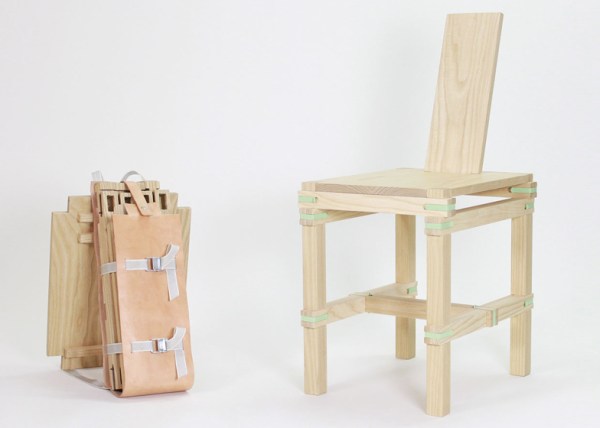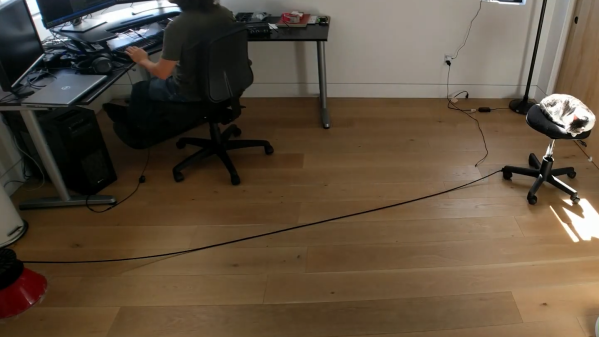Designer furniture generally comes with excellent aesthetics and (sometimes) functionality. However, such furniture comes with a price to match. One such piece of furniture is the Magis Spun Chair. It’s a striking piece with a fun party trick to match: it works like a top spinning while you sit inside. However, it has a prohibitively expensive price tag of $1,200 to match. That’s why [Morley Kert] is on a mission to build one for less.
This isn’t [Morley]’s first time building a spinning chair. The first attempt featured numerous 3D printed pieces glued together. It did not inspire confidence in spinning, nor was it a striking piece of furniture. So a revisit was in order.
This time around the chair’s construction was CNC milled plywood. Some surfaces featured 3D carving, but the majority were left raw with carving the final shape handled manually. Despite its size, the chair only took four and a half sheets of 3/4 inch plywood by hollowing out the base allowing for more efficient use of material. Once the router had completed the pieces, they were stacked and glued together. Each layer was aligned with hidden dowels making the assembly process fairly straightforward.
However, while usable, the chair looked rather unfinished, so [Morley] went to town on it with a power carving angle grinder. To ensure even carving on the circular profile of the chair, he placed it, or for some sections glued it, on an electronic lazy S. After some practice, the carving process turned out really well with a well-shaped and professional looking chair. Some wood varnish and a large amount of sanding finished up the chair very nicely for a total material cost of under $500.
We were happy to see the completion of this chair building saga. If you want to see [Morley] make even more designer furniture for cheap, make sure to check out his other 3D printed chair!
















